Once considered a game of backlinks and keywords, SEO now spans structured data, AI integration, human experience signals, and more. The algorithms have matured, and so must your strategy.
This article is your map for navigating the shift. We’ll explore what’s changing, what still works, and what to expect next

SEO in 2025: Why It’s More Alive Than Ever
A common myth: SEO is outdated in the age of AI-driven results and chat-based answers. But here’s what the data actually says:
- Organic search still drives 53% of all web traffic
- 61% of marketers say improving SEO and growing organic presence is a top priority
- Zero-click searches are rising, but SEO now extends into rich snippets, image packs, AI answers, and beyond
SEO isn’t disappearing. It’s decentralizing across search surfaces.
Google’s BERT and MUM models no longer rely solely on keyword density. They assess:
- Intent
- Semantic relationships
- Topical depth
- Contextual authority
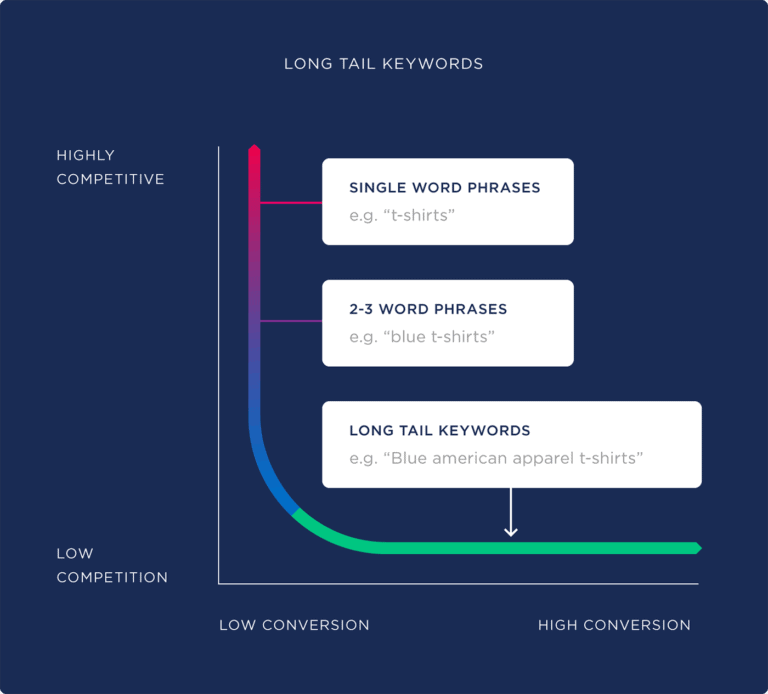
So while old-school tactics like keyword stuffing are dead, relevance is more powerful than ever. For example, a page optimized around “running shoes” might also rank for “best trail sneakers” if it covers the subject comprehensively.
AI has reshaped SEO.
With tools like ChatGPT and Gemini, brands are tempted to mass-produce content. Google’s response? E-E-A-T (Experience, Expertise, Authoritativeness, Trustworthiness).
High-ranking content in 2025 isn’t robotic. It’s authored or reviewed by people with real-world expertise; and it’s structured so AI can summarize it, but humans still want to read it
According to Google’s own documentation, AI-generated content is not penalized by default; but content lacking purpose, originality, or usefulness will be.
The Era of Answer Engine Optimization (AEO)
Google’s new AI Overviews mark the transition from search engine to answer engine.
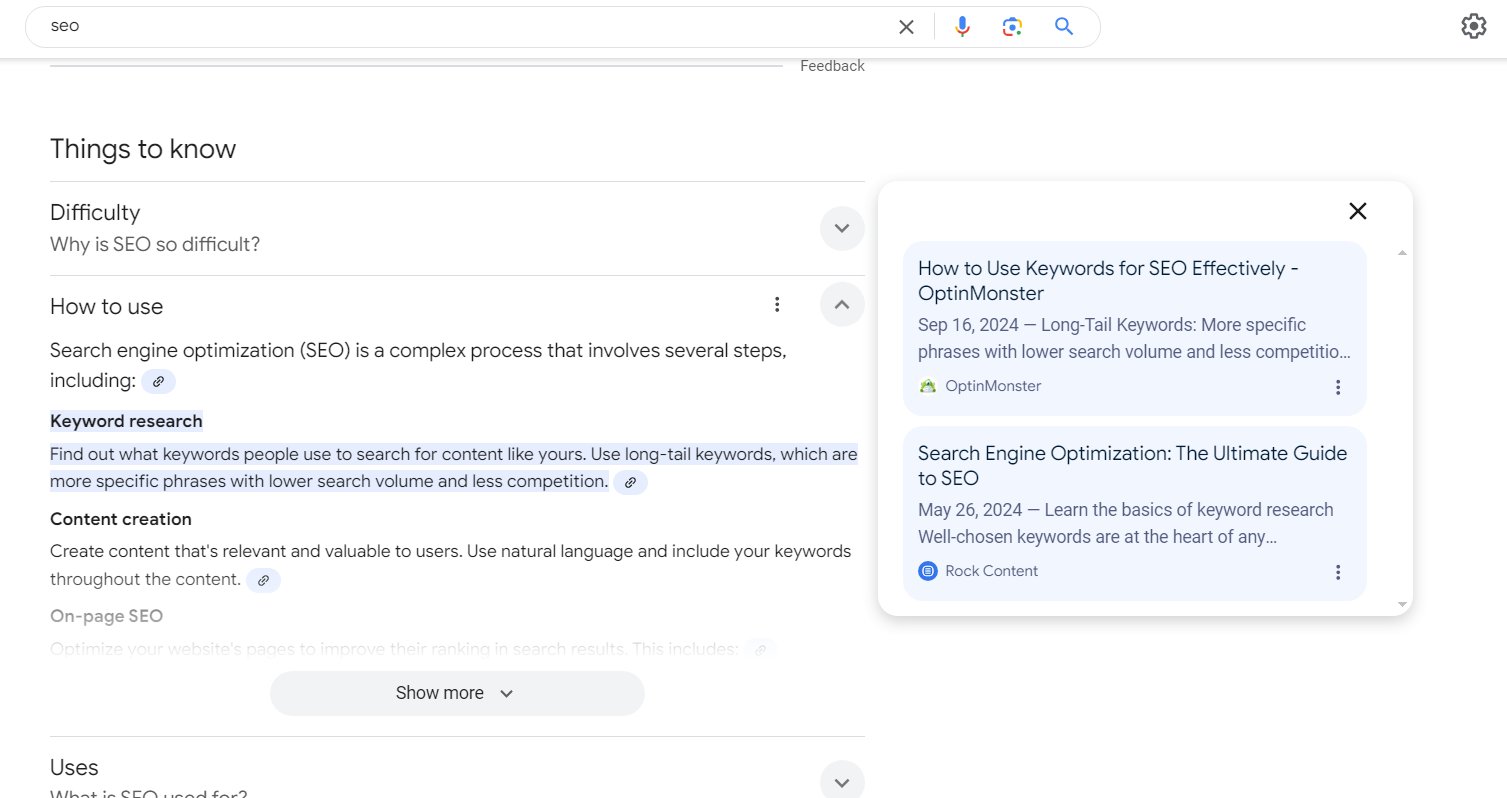
To win these new SERP positions, your content must:
- Anticipate questions users might ask (in your niche)
- Offer direct, skimmable answers
- Use clear formatting (e.g. bullet points, tables, “How to” sections)
- Support those answers with follow-up depth
According to Backlinko’s 2023 study, pages with “answer box-friendly” structures ranked in the top 3 results 42% more often.
Add FAQ schema or Q&A blocks on product pages, blog posts, and service listings.
Google continues to prioritize signals that reflect human approval:
- Engagement metrics (time on page, click-through rates)
- Core Web Vitals (page load speed, interactivity)
- Brand reputation and topical authority
- Manual quality evaluations (especially in YMYL spaces)
A 2024 update to Google’s Search Quality Evaluator Guidelines explicitly reinforces that human expertise and helpfulness remain core ranking factors.
Internal linking, author bios, page structure, and even design contribute to trust.
We’re entering a new frontier where SEO isn’t just about visibility for humans.
With the rise of agentic AI (autonomous systems that schedule meetings, buy products, or collect data) you need to optimize for software assistants too.
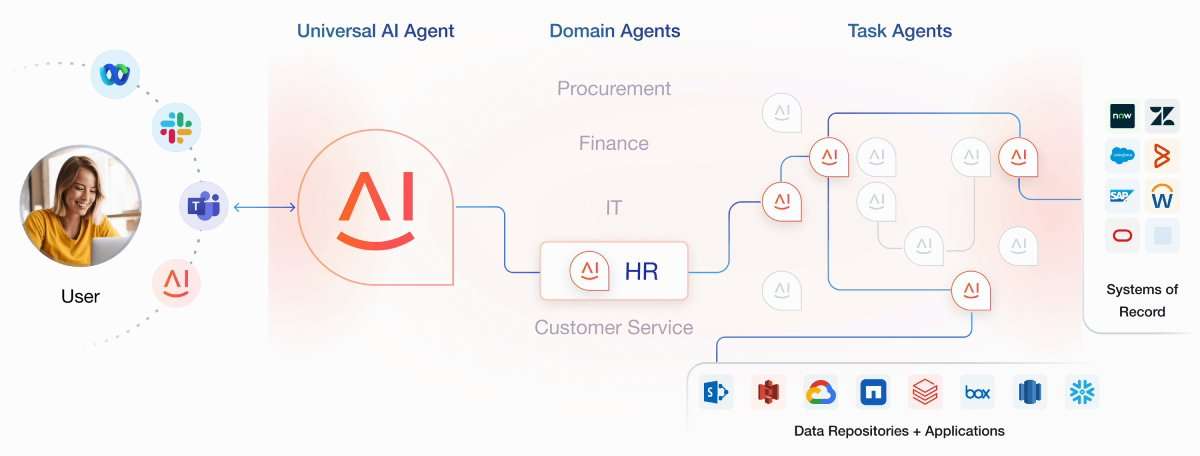
This includes accessibility-focused content that’s machine-readable
This is the future of SEO: part human, part machine.
Today’s search ecosystem demands a layered approach that speaks to both humans and machines.
Local SEO has become a cornerstone of visibility. A well-managed Google Business Profile, embedded customer reviews on your service pages, and city-specific content tied to local events or promotions can significantly boost search rankings. Pairing this with structured schema for your address, business hours, and service areas helps machines interpret your offerings with precision.
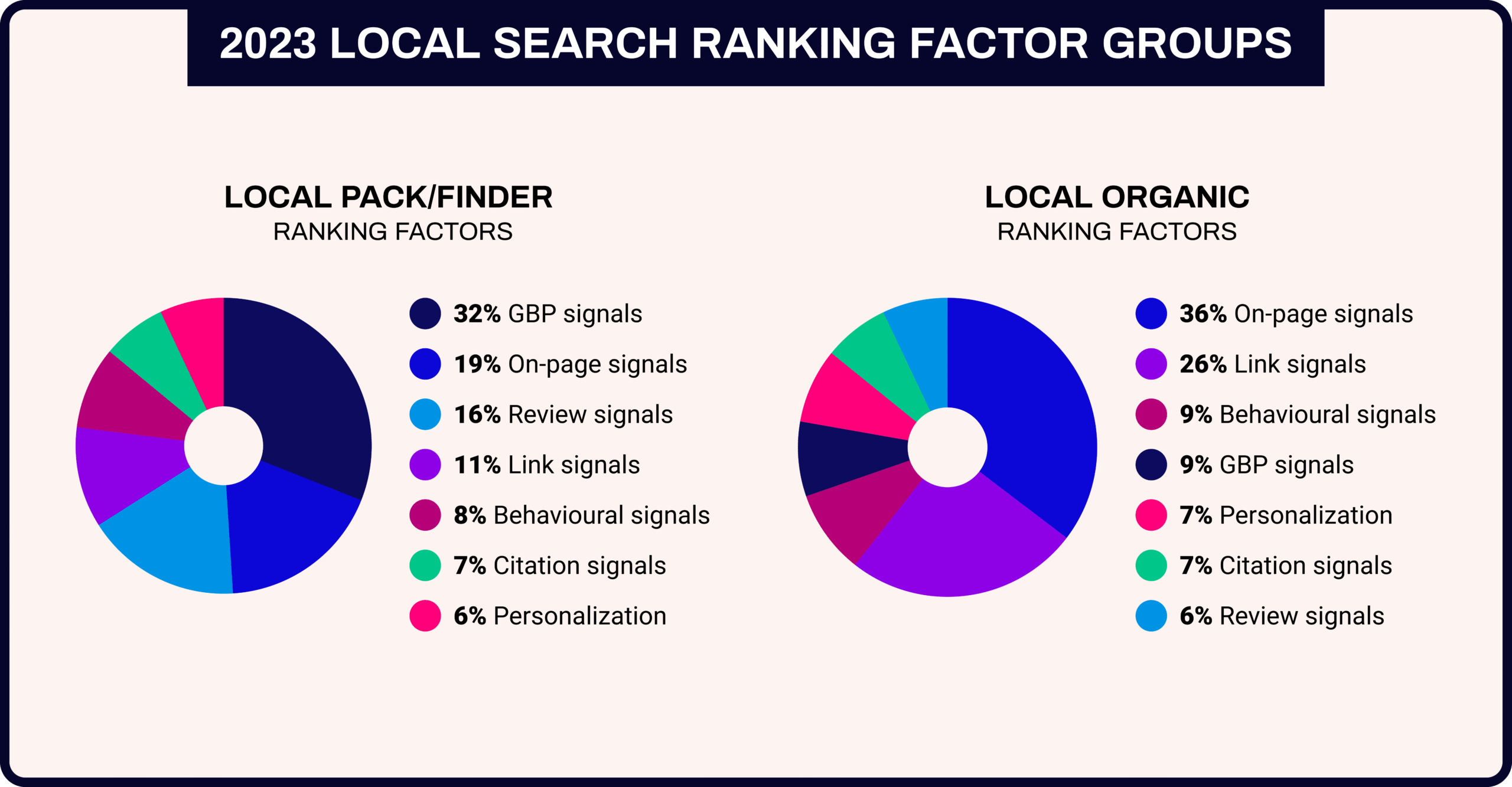
And the numbers are clear. According to Think With Google, 76% of mobile local searches result in an offline purchase within 24 hours.
Beyond local, SEO in 2025 demands a shift in best practices.
Your focus should now be on strategic frameworks that adapt, scale, and align with Google’s goals before the algorithm forces your hand.
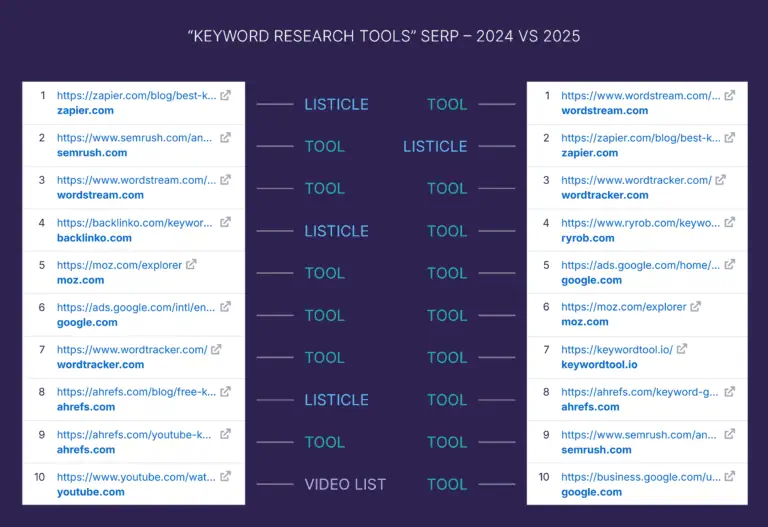
Sites that rely solely on blog posts are already falling behind. Whereas businesses that branch into tool pages, product FAQs, interactive elements, and calculators are earning stronger engagement and longer session times.
And the ones doing regular quarterly site audits? They’re spotting crawl issues, UX decay, and content misalignment before rankings drop.
So no, SEO isn’t dead.
But your old strategy? That might be.







